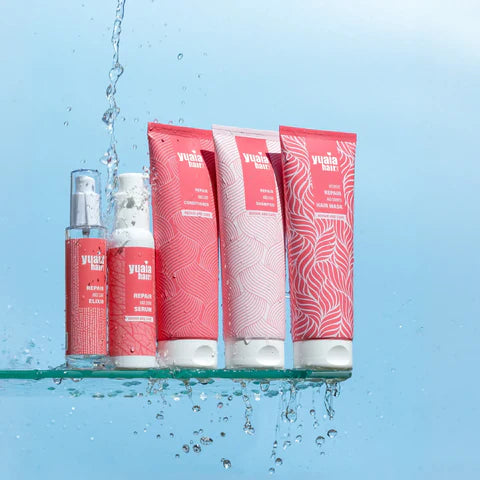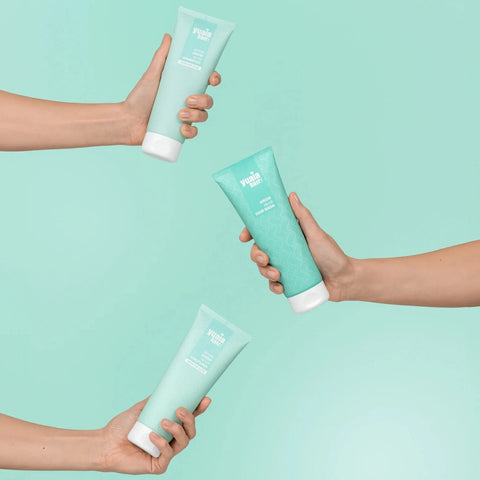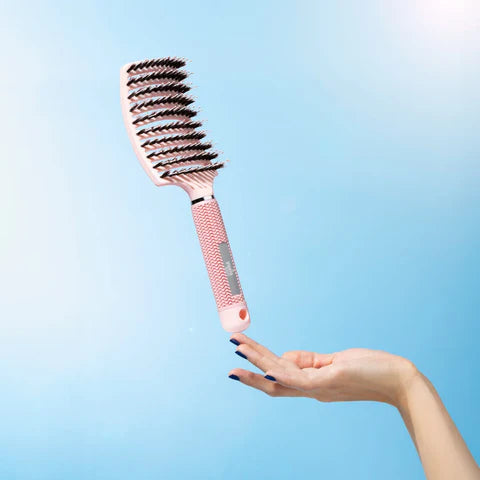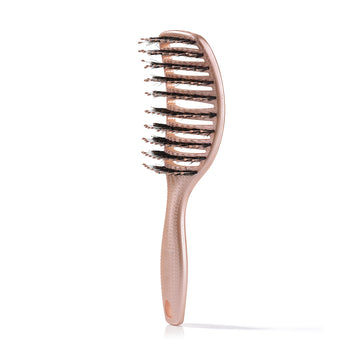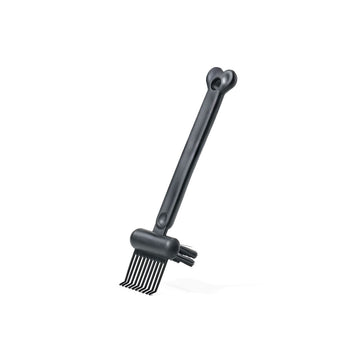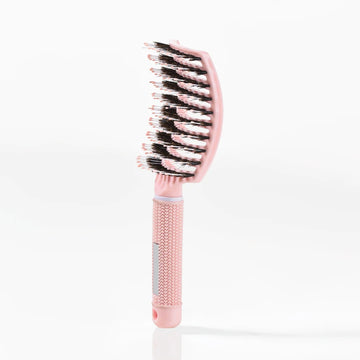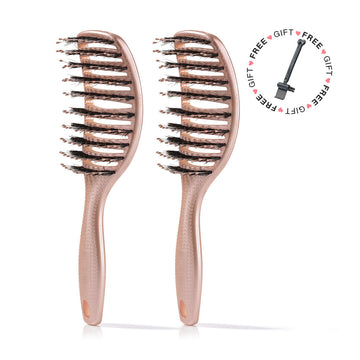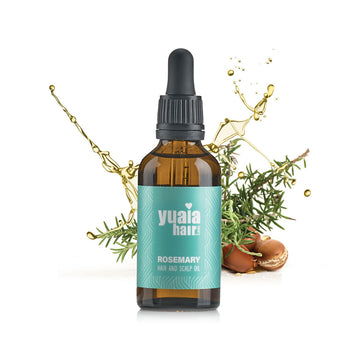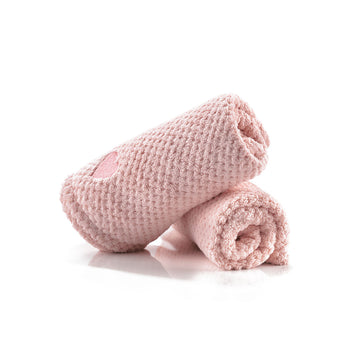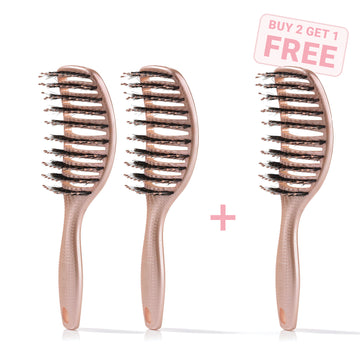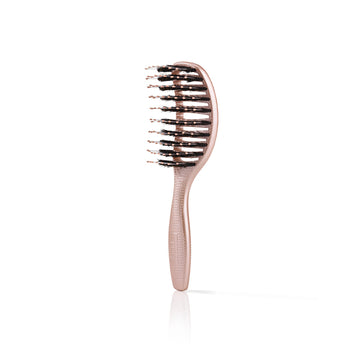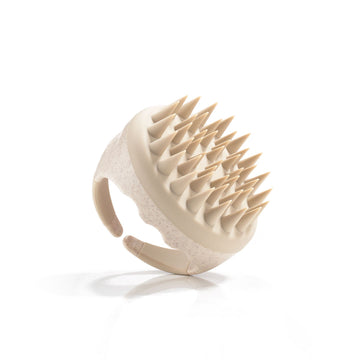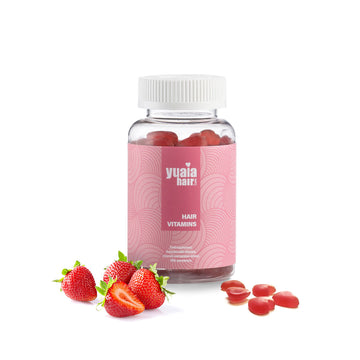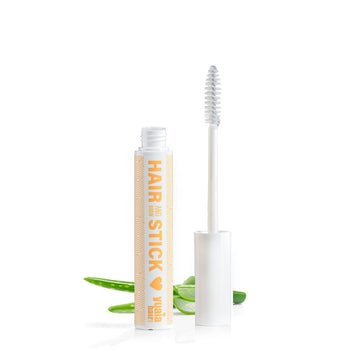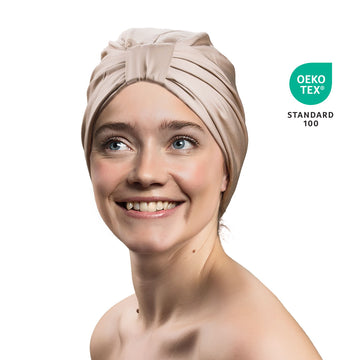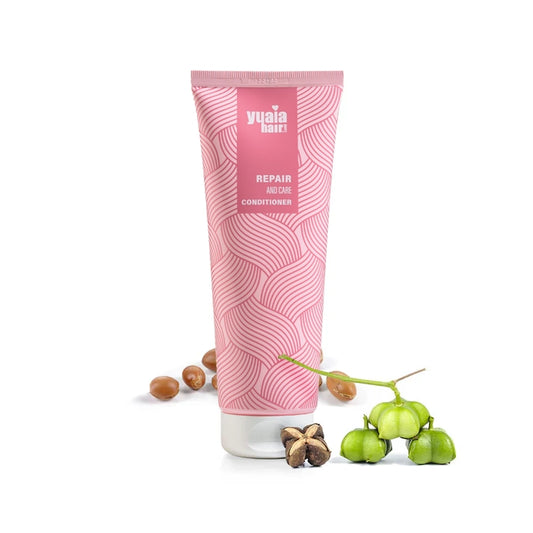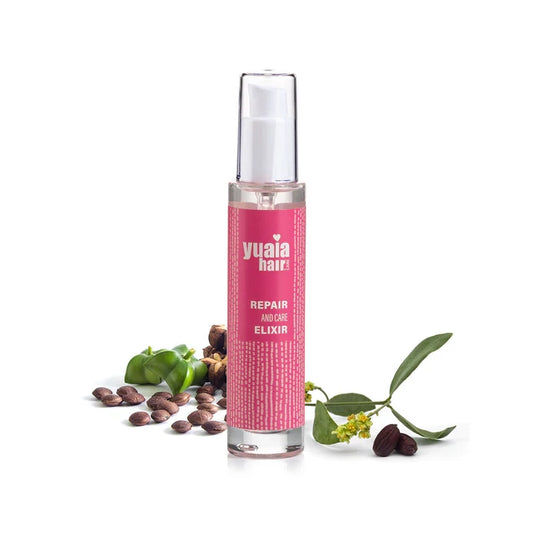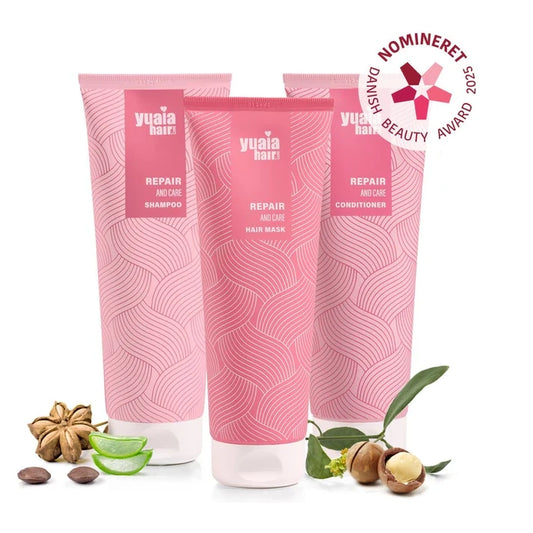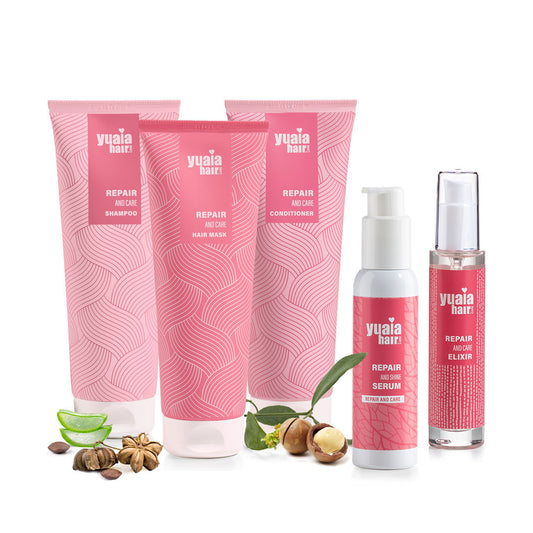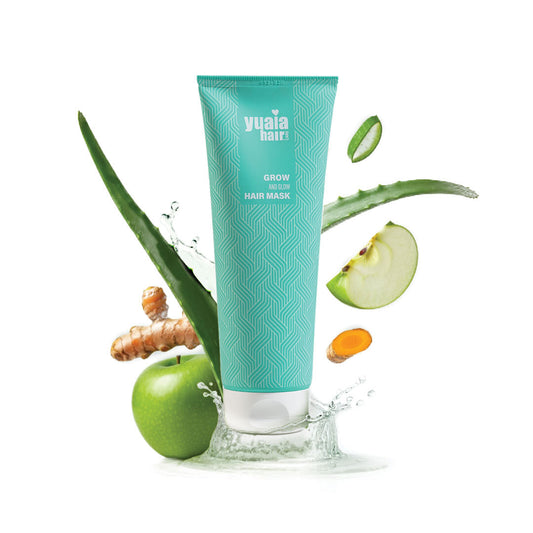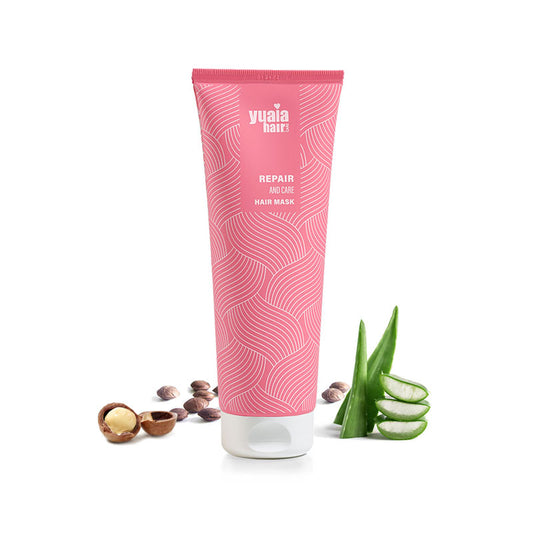
Can chlorine cause green hair?
The green tint that sometimes appears in hair after swimming isn’t directly caused by chlorine itself, but rather by a reaction between chlorine and certain metals in the pool water—particularly copper. Chlorine oxidizes these metals, and when the oxidized copper binds to the proteins in the hair shaft, it can result in a greenish hue. This effect is most commonly seen in individuals with light-colored or chemically treated hair, as their hair is more porous and more likely to absorb these metal compounds.
While the discoloration is usually temporary, it can be stubborn and difficult to remove without the right treatments. Preventative measures, such as using a swimmer’s cap or applying a leave-in conditioner before swimming, can help minimize the risk of green staining.
How to protect hair from chlorine
Protecting your hair from chlorine begins with proactive care before entering the pool. This helps maintain moisture levels, reduces the risk of dryness and breakage, and keeps hair feeling softer and looking healthier—both in and out of the pool.
1. Rinse with clean water first
One of the simplest and most effective techniques is to rinse your hair thoroughly with clean, fresh water before swimming. When the hair is already saturated, it absorbs less chlorinated water, reducing overall chemical exposure.
2. Apply a protective barrier
Once you have thoroughly rinsed your hair with fresh water, the next step is to apply a protective barrier to reduce chlorine absorption. Using a lightweight, silicone-free conditioner or a nourishing natural oil—such as coconut oil, argan oil, or jojoba oil—can effectively coat the hair shaft and create a physical shield against harsh pool chemicals. These substances help to fill in porous areas of the hair cuticle, making it more resistant to chlorine penetration while also providing hydration and softness.
Alternatively, you may opt for a specialized pre-swim protectant formulated specifically to defend against chlorine and mineral buildup. These products are typically water-resistant but gentle enough to avoid residue or heaviness.
Applying a protective layer before swimming not only limits the drying effects of chlorine but also reduces the likelihood of post-swim tangling and discoloration. Consistent use of such barriers significantly contributes to maintaining the hair’s strength, elasticity, and overall health.
3. Secure your hairstyle
Styling your hair in a secure and contained manner—such as a braid, bun, or twist—before entering the pool is an effective way to reduce chlorine exposure and maintain the health of your hair. When hair is left loose, it spreads out in the water, increasing its contact with chlorine and making it more prone to tangling, dryness, and breakage. A compact style reduces the surface area exposed to pool water, helping to limit chemical absorption and friction.
This method is particularly beneficial for individuals with long, thick, curly, or textured hair, which tends to absorb more water and becomes increasingly difficult to detangle when wet.
Furthermore, a secure hairstyle minimizes the amount of movement your hair undergoes while swimming, which significantly reduces the risk of knots, frizz, and damage caused by water resistance. By taking just a few minutes to properly tie or braid your hair before swimming, you actively protect its integrity and make the post-swim care process much easier. This small but impactful step contributes greatly to preserving the strength, smoothness, and manageability of your hair.
Special considerations for color-treated hair
Color-treated hair requires extra caution as chlorine can cause rapid fading and tonal changes. To mitigate this, use color-safe shampoos and conditioners enriched with antioxidants and UV filters. Limiting exposure by avoiding overly chlorinated pools and using a leave-in conditioner formulated for color-treated hair can preserve vibrancy. Weekly hair masks tailored for dyed hair further support resilience and brightness.
How to get chlorine out of hair
If you've already been swimming, the first step in removing chlorine is to rinse your hair immediately with fresh water. This helps flush out residual pool water before the chlorine binds to your hair.
Follow with a clarifying shampoo. These formulas cleanse deeply without overly stripping natural oils. After shampooing, apply a rich conditioner or deep conditioning mask to rehydrate and repair the hair shaft.
For frequent swimmers, a leave-in conditioner or serum adds an extra layer of nourishment and ongoing protection. Consistent post-swim care helps maintain the health, elasticity, and appearance of your hair.
Addressing chlorine-induced hair damage
Despite taking preventative steps, consistent exposure to chlorinated water can still result in visible and structural hair damage. Hair may become dry, rough in texture, prone to split ends, and lose its natural shine. Light-colored or blonde hair is especially susceptible to a greenish tint, often caused by the buildup of oxidized metals like copper found in pool water.
Over time, these effects can weaken the hair’s internal structure, leading to increased breakage and a noticeable loss of elasticity. Proactive care is essential to maintain the health and resilience of chlorine-exposed hair.
Restorative treatments and maintenance
To repair chlorine-damaged hair, incorporating protein treatments into your hair care routine is highly beneficial. These treatments work by rebuilding the internal keratin structure, which helps restore strength, improve resilience, and reduce breakage. Over time, consistent use can significantly improve the overall texture and health of the hair.
Equally important is scheduling regular trims, which help remove split ends before they worsen and prevent further damage from spreading along the hair shaft. Together, these practices not only support the hair’s structural integrity but also promote a smoother, healthier, and more manageable appearance over the long term.
Correcting discoloration
Discoloration, particularly in blonde or light-colored hair, is a common side effect of chlorine exposure. This often appears as a greenish tint caused by the buildup of copper and other metal ions in pool water.
To address this, use a chelating shampoo or a color-neutralizing formula specifically made to remove mineral and chlorine residues. These products deeply cleanse the hair, helping to restore its natural hue and vibrancy without stripping essential moisture. Regular use, especially after swimming, can prevent long-term discoloration and maintain the clarity and tone of lighter hair shades.
Replenishing moisture and elasticity
Additionally, moisturizing hair masks should be applied weekly to reintroduce moisture, improve softness, and enhance the hair’s natural flexibility. Look for formulas rich in emollients and nutrients such as argan oil, shea butter, or panthenol. With consistent and targeted care, even chlorine-damaged hair can be revitalized, regaining smoothness, shine, and manageability.
Maintaining healthy hair
Understanding how to protect hair from chlorine is an important aspect of hair care for swimmers. By implementing preventative measures, it is entirely possible to enjoy the benefits of swimming without compromising hair health. Whether your hair is natural, color-treated, or chemically processed, a proactive approach ensures it remains strong, hydrated, and radiant throughout the swimming season.
 2-4 day UK delivery
2-4 day UK delivery
 25.000+ satisfied customers
25.000+ satisfied customers
 Satisfaction Guarantee
Satisfaction Guarantee



